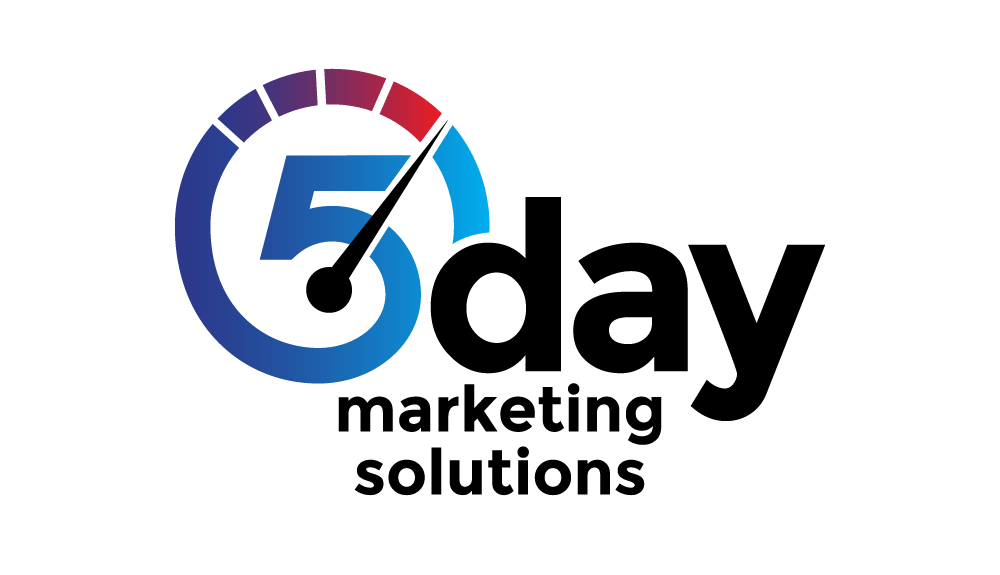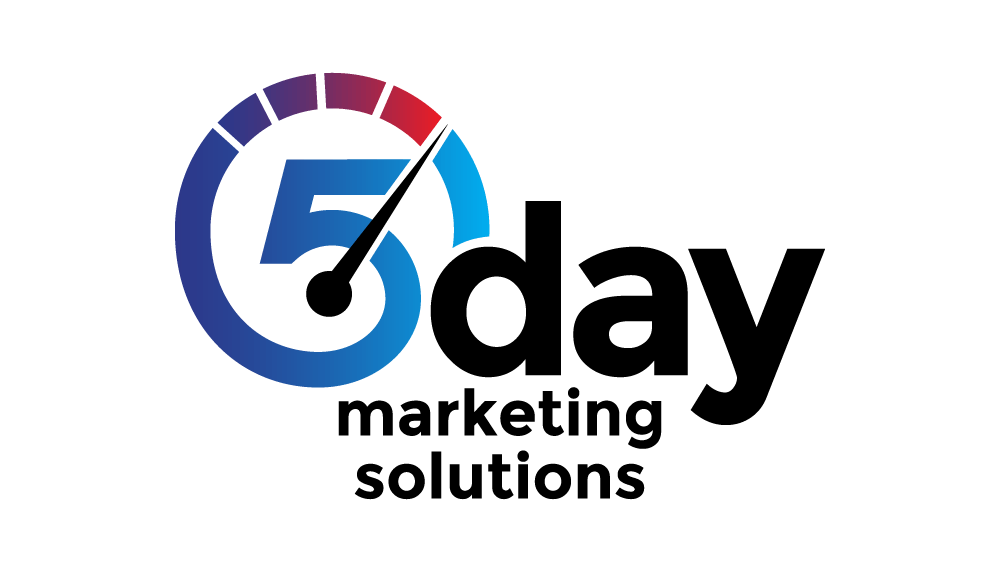Social Media Marketing Analysis and Strategy
Sean Hyde • December 16, 2020

Does your business have a website, Facebook, Twitter, Google+, and every other social media platform set up, but isn’t seeing any results?
- Did your website designer make you a beautiful website but nobody is seeing it?
- Do you even know how to check?
- Did your Facebook page suddenly stop reaching anyone?
- Do you not see the point in Twitter?
- Do you even need a Google+ Page?




